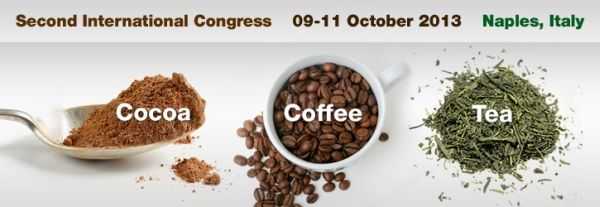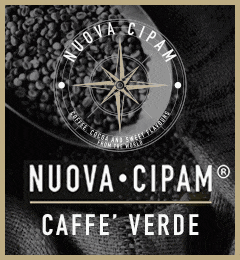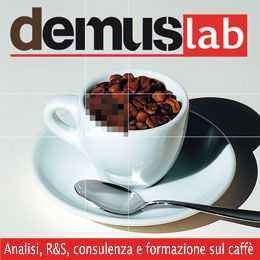Condividi con noi le tue storie legate al caffè scrivendo a direzione@comunicaffe.it.
CämmererB.1 ,Jawinski M., Keil C., Kroh L. W.1Department of Food Chemistry, Technical University Berlin, Berlin, Germany E-mail: bettina.caemmerer@tu-berlin.de
The prevalence of overweight and obesity has increased rapidly worldwide during recent decades, acquiring epidemic proportions in children and adults and in industrialized as well as transitional and developing countries. The causes of obesity include genetics, psychological and especially environmental factors such as dietary components and activity levels [1].Carbohydrates are among the macronutrients that provide energy and can thus contribute to excess energy intake and subsequent weight gain. Strategy for the prevention of overweight and obesity related disease includes thecontrolled ofnutrients. Furthermore the use of agents that interfere with the hydrolysis and absorption of dietary carbohydrates and lipids is of major interest. As part of the salvia α-amylase is one ofthe most important enzymes involved in carbohydrate digestion in the human body. It is responsible for the hydrolysis of -1,4- linked polysaccharides like starch yielding in the formation of maltose and additionally maltooligosaccharides from branched carbohydrates.
Several foods or single food components are able to inhibit the activity of digestive enzymes leading to a dysfunction in carbohydrate digestion by inhibition of α-Amylase. In the case of coffee it is assumed that polyphenols, present in small amount in different roasted coffees, are responsible for the detected inhibition of α-amylase[2]. However, during roasting of coffee the amount of free polyphenols decreases with heat treatment by polymerization or incorporation into coffee melanoidins [3]. In contrast the formation of melanoidins via Maillard reaction is increasing with roasting time and temperature. The current study was aimed to investigate the impact of Maillard reaction products like melanoidins on the enzymatic degradation of soluble starch. The release of maltose and oligosaccharides by human salvia amylase was quantified by HPTLC.
According to our results pure chlorogenic acid as the major polyphenol present in coffeedid not inhibit the enzymatic degradation of starch, even in concentrations much higher than present in coffee beans. Indeed, by investigation of model systems it was shown that Maillard reaction products are responsible for the inhibition of α-amylase caused by coffee beverages. A competitive mechanism can be assumed for the inhibition, the molecular action is still unclear. Hydrogen peroxide formed by Maillard reaction products [4] as a potential inhibitory source can be excluded, since its concentrations in coffee is too low for the detected effect.
References
[1]Van Dam R. M., Seidell J. C.,Carbohydrate intake and obesity. European Journal of Clinical Nutrition 2007, 61 (Suppl 1), S75–S99 [2] HanhinevaK. et al.,Impact of Dietary Polyphenols on Carbohydrate Metabolism. Int. J. Mol. Sci. 2010, 11, 1365-1402,
[3] Bekedam E. K.,Schols H. A., Van Boekel M. A. J. S.,Smit G., Incorporation of Chlorogenic Acids in Coffee Brew Melanoidins. Journal of Agricultural and Food Chemistry2008,56, 2055-2063. [4] Hegele J., Munch G.,Pischetsrieder M., Identification of hydrogen peroxide as a major cytotoxic component in Maillard reaction mixtures and coffee. Molecular Nutrition & Food Research2009,53, 760-769.




















